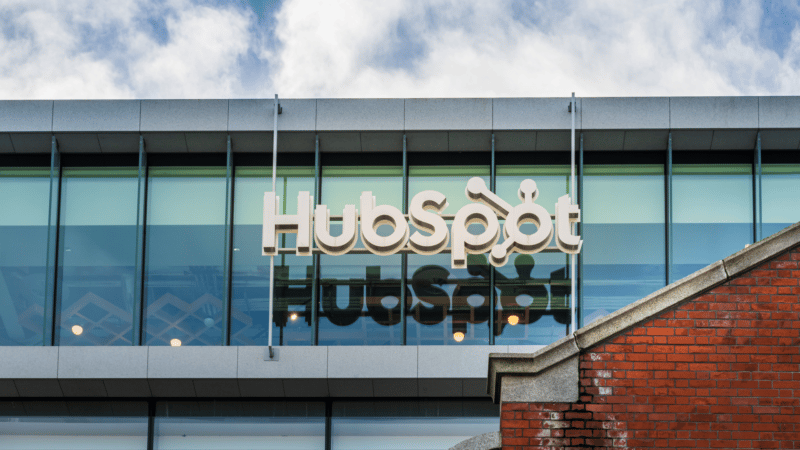This afternoon, HubSpot announced it would be making cuts in its workforce during Q1 2023. In a Securities and Exchange Commission filing it put the scale of the cuts at 7%. This would mean losing around 500 employees from its workforce of over 7,000.
The reasons cited were a downward trend in business and a “faster deceleration” than expected following positive growth during the pandemic.
Layoffs follow swift growth. Indeed, the layoffs need to be seen against the background of very rapid growth at the company. The size of the workforce at HubSpot grew over 40% between the end of 2020 and today.
In 2022 it announced a major expansion of its international presence with new operations in Spain and the Netherlands and a plan to expand its Canadian presence in 2023.
Why we care. The current cool down in the martech space, and in tech generally, does need to be seen in the context of startling leaps forward made under pandemic conditions. As the importance of digital marketing and the digital environment in general grew at an unprecedented rate, vendors saw opportunities for growth.
The world is re-adjusting. We may not be seeing a bubble burst, but we are seeing a bubble undergoing some slight but predictable deflation.
Get MarTech! Daily. Free. In your inbox.













You must be logged in to post a comment Login